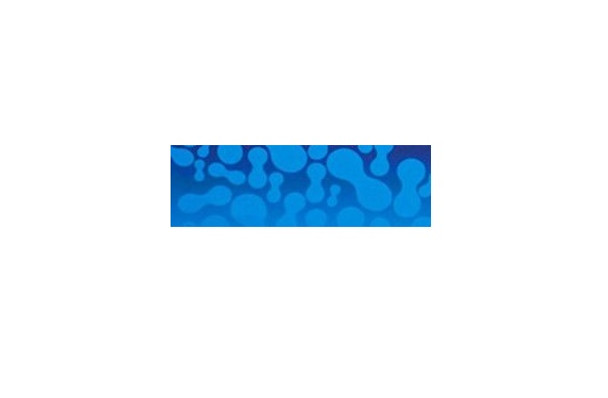Description
Recombinant Mouse SLAMF5/CD84 Protein (His Tag) | PKSM041204 | Gentaur US, UK & Europe Disrtribition
Synonyms: SLAM family member 5; Cd84; Leukocyte differentiation antigen CD84; Signaling lymphocytic activation molecule 5; CD84; Ly-9B; SLAMF5; CD84 antigen; CD84 molecule; SLAM family member 5
Active Protein: N/A
Activity: Recombinant Mouse SLAM family member 5 is produced by our Mammalian expression system and the target gene encoding Lys22-Pro223 is expressed with a 6His tag at the C-terminus.
Protein Construction: Recombinant Mouse SLAM family member 5 is produced by our Mammalian expression system and the target gene encoding Lys22-Pro223 is expressed with a 6His tag at the C-terminus.
Fusion Tag: C-6His
Species: Mouse
Expressed Host: Human Cells
Shipping: This product is provided as lyophilized powder which is shipped with ice packs.
Purity: > 95 % as determined by reducing SDS-PAGE.
Endotoxin: < 1.0 EU per μg as determined by the LAL method.
Stability and Storage: Generally, lyophilized proteins are stable for up to 12 months when stored at -20 to -80℃. Reconstituted protein solution can be stored at 4-8℃ for 2-7 days. Aliquots of reconstituted samples are stable at < -20℃ for 3 months.
Molecular Mass: 23.8 kDa
Formulation: Lyophilized from a 0.2 μm filtered solution of PBS, pH 7.4.
Reconstitution: Please refer to the printed manual for detailed information.
Background: CD84, also called SLAMF5, is a member of the CD2 subgroup of the immunoglobulin receptor superfamily. Members of this CD2 subgroup mediate signal transduction through the interaction of its immunoreceptor tyrosine-based switch motifs (ITSM) in the intracellular region and the SH2 domain of adaptor molecules SAP (SLAM-associated protein) and EAT-2 (EWS-activated transcript 2), and accordingly modulate both adaptive and innate immune responses. CD84 expression has been documented on several hematopoietic cell types, including monocytes, macrophages, dendritic cells, B lymphocytes, and platelets. Activation of cell surface CD84 initiates a signaling cascade involving its intra-cytoplasmic tyrosine residues that results in Bcl-2 upregulation, which in turn enhances cell survival. Either immunoneutralization or blockade of CD84 with a CD84 extracellular domain protein fragment induces cell death in vitro and in vivo.
Research Area: N/A






